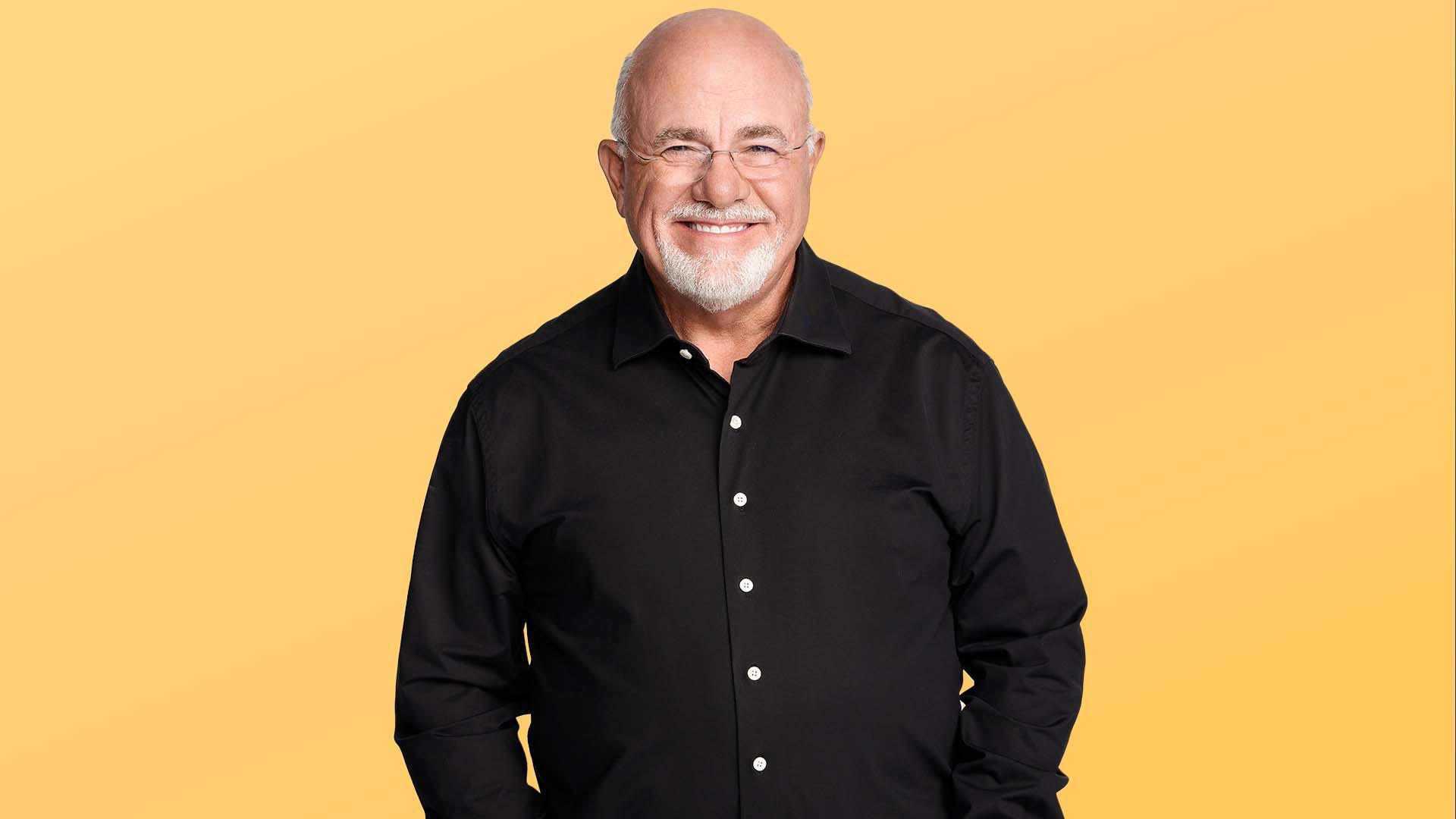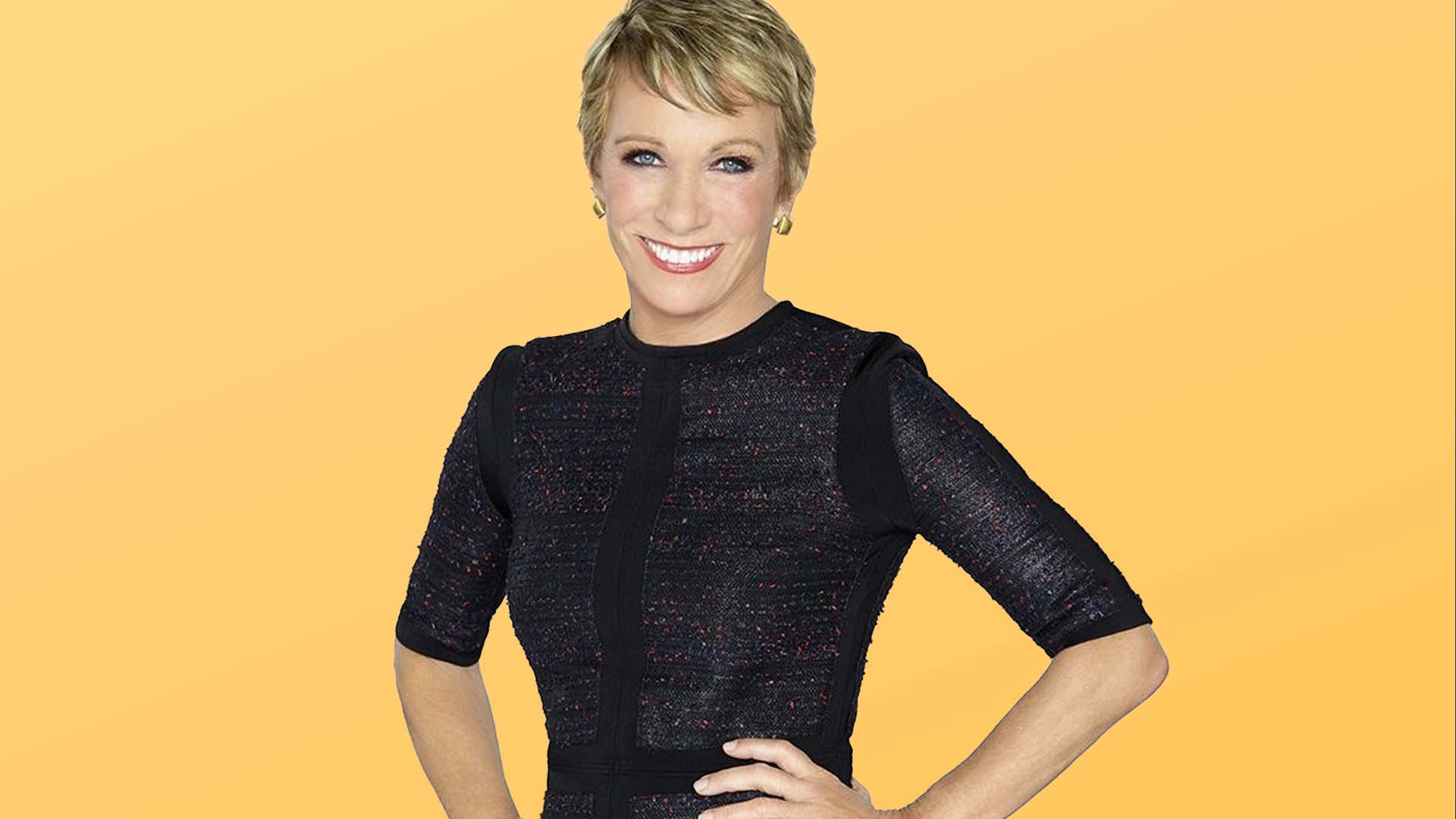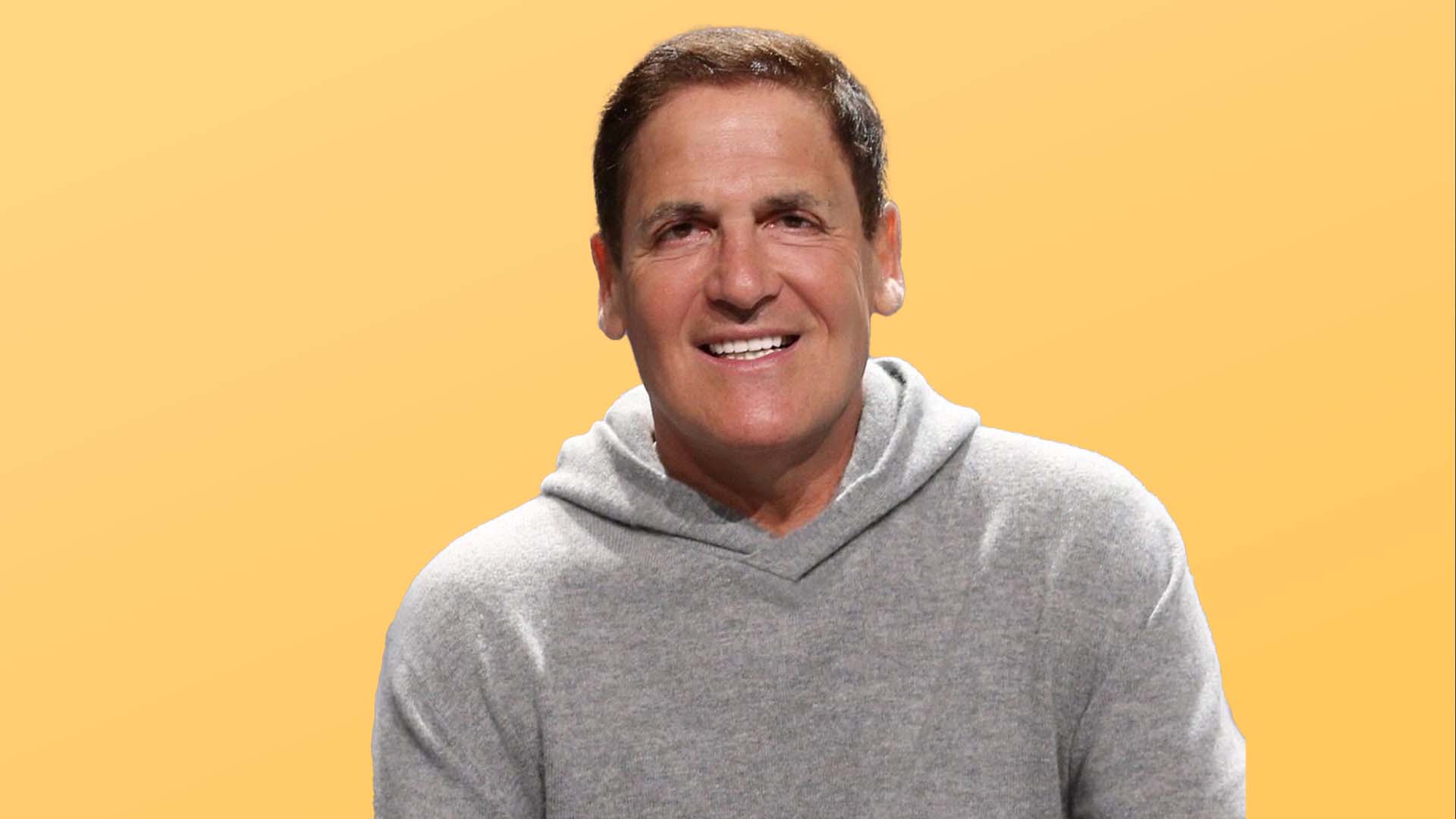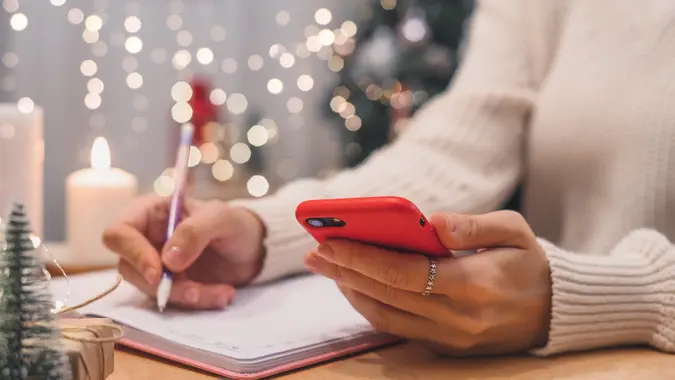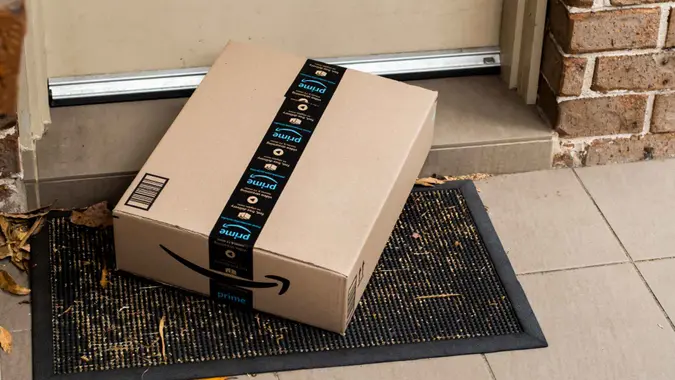7 Top Ways To Pay Off Debt Fast — Even When Money’s Tight

Commitment to Our Readers
GOBankingRates' editorial team is committed to bringing you unbiased reviews and information. We use data-driven methodologies to evaluate financial products and services - our reviews and ratings are not influenced by advertisers. You can read more about our editorial guidelines and our products and services review methodology.

20 Years
Helping You Live Richer

Reviewed
by Experts

Trusted by
Millions of Readers
Debt can feel like an ominous cloud you just can’t shake. Maybe it’s a few bills piling up, or a mix of credit cards, loans, or other obligations. Whatever the size, it’s stressful. You don’t just want to pay it off — you want control, the freedom to make choices without feeling trapped, and a chance to start building a solid financial foundation for your life. But when you’re already living paycheck to paycheck, where do you even start?
You may feel trapped between a financial rock and a hard place, but Jessica Moorhouse — an accredited financial counselor, money expert, TV personality and speaker — has good news for you. If you’re willing to commit, understand the root causes of your debt, and build a smart strategy, you can pay down debt even when money’s tight.
As part of our Top 100 Money Experts series, GOBankingRates connected with Moorhouse to learn more.
1. Understand Why You Ended Up in Debt
Let’s say you’re in a boat in the middle of the ocean. You’re sailing along happily until your boat starts taking on water. While you can keep scooping the water out, it’ll keep flooding in unless you figure out where the leak is coming from.
This is the analogy Moorhouse uses to describe the first step you must take in plugging the leaky boat of your personal finances: You must know where your debt is coming from.
If your debt is relatively simple — such as a student loan — then you have a clear reason for it. Things get more complicated when you’ve got a mix of debts like student loans, lines of credit and credit card debt.
“In that case, we have to dig a little bit deeper to see why we got into consumer debt and why we haven’t been able to get out of it up until this point. Are we getting into further debt?” Moorhouse said. “We can also see that we’re still doing the habits that got us into debt in the first place.”
In other words, you want to learn why you’re in debt before you figure out how to get out of it.
“Otherwise, if you just do the how, you’re probably going to get back into debt because you never figured out what the problem was in the first place,” she said.
2. Address the Emotional Component of Your Debt
Though you may think of fixing your finances as a matter of dealing with dollars and cents, Moorhouse cautions that there’s a strong emotional component — especially when people use spending to soothe anxiety.
When she’s working with a client in debt, she aims to understand the root causes and build emotional barriers to prevent a return to bad habits. This involves asking whether they’re prone to overspending or racking up debt when stressed, hungry or upset.
“We need to figure out a way to manage our emotions so we’re not relying on money to soothe ourselves,” she said. “That’s something I talk a lot about in my book — money is emotional, but we don’t always think it is. Actually, that usually holds the key to how we can change our patterns and habits moving forward.”
3. Choose the Right Debt Repayment Method
As Moorhouse works with clients to uncover emotional factors behind debt, she also helps them determine the best method for repaying it. For the psychological wins it provides, she recommends the snowball method.
With the snowball method — which entails paying off debts from the smallest to the largest balance, making minimum payments on all others and then rolling the paid-off amount into the next debt — you can see quick and motivating wins.
“We can prove to you that, yes, you can pay off debt and eliminate that burden. Now we’re down to two debts instead of three,” she said. “That gives you that sense of accomplishment, and you’re motivated to keep going.”
Moorhouse maintains that the snowball approach can be more emotionally satisfying than its cousin, the avalanche method — which targets your highest-interest debt first — because it makes the process less intimidating.
“Typically, I find that people like those bite-sized chunks first because paying down debt can be very overwhelming,” she said.
4. Reassess Your Budget Mindset
Moorhouse knows that for many people, budgeting feels like restriction and deprivation. While she encourages you to examine where your money is going, she doesn’t want you to punish yourself. That won’t help you stay out of debt long term.
“Anything drastic or extreme will not work in the long term,” she said. “If you want to make lasting change, it’s slow and small — but consistent — and that’s how you make progress.”
She suggests reframing your concept of a budget into a spending plan focused on your values and goals. Take inventory of where your money is going and how those purchases make you feel. When you see you’ve spent a lot on takeout, how does that hit you emotionally? Has stress stopped you from grocery shopping and cooking at home?
Instead of vowing to eat only broiled chicken and oatmeal, Moorhouse recommends finding ways to make cooking at home more pleasurable. Your health and your wallet will benefit.
“That will ultimately free up some cash flow so we can achieve this goal of becoming debt-free,” she said. “Sometimes it’s about looking at things through a different lens and really getting to know the person you were when you made those spending choices.”
5. Get Clarity on Your Debt
Whether you love a notebook or prefer a digital spreadsheet, you’ve got to track your progress. Start by listing key details about your debt:
- Minimum payments
- Due dates
- Interest rates
- Institutions holding the debt
- Priority debts
- Debts you’re paying extra on vs. only minimum payments
Having this information helps you build a timeline to becoming debt-free, Moorhouse said.
“We want to know: When is our debt-free date? I remember when it was popular to have calendars or coloring books where you shade them in as you get closer to your goal — like the thermometer for a fundraiser. Create something like that, a visual for yourself. Every month, color it in to see how much closer you are to debt-free.”
6. Find Empowerment in a Side Hustle
It’s easy to feel limited by your 9-to-5 income. Moorhouse encourages finding a side hustle — even a temporary one — to help accelerate your debt repayment.
“Not only will it accelerate your timeline to become debt-free, but it also empowers you,” she said. “You feel more in control instead of saying, ‘I’m limited by my day job income.'”
Extra income from a side hustle can also help balance debt repayment with other goals, like building an emergency fund or investing.
7. Consider Debt Consolidation — but Only if It’s Right for You
Debt consolidation can be tempting, but Moorhouse cautions that it’s not a quick fix. It works best when you already have a plan to pay down debt.
Not all debts can be consolidated, so check your eligibility. You’ll also need to make sure you’ve broken the spending habits that led you into debt in the first place.
“If you haven’t figured out why you got into debt, you’ll have this consolidated debt you’re paying monthly, but you’ll still use your credit cards and get into more debt,” she said.
A Final Thought: Nothing Is Unfixable
If there’s one thing Moorhouse wants readers to know, it’s that their financial problems are solvable.
“Don’t think that you’re a lost cause. There’s no such thing — everything is fixable,” she said. “There’s a solution to every single situation.”
This article is part of GOBankingRates’ Top 100 Money Experts series, where we spotlight expert answers to the biggest financial questions Americans are asking. Have a question of your own? Share it on our hub — and you’ll be entered for a chance to win $500.
 Written by
Written by  Edited by
Edited by  Money Expert
Money Expert 











































































